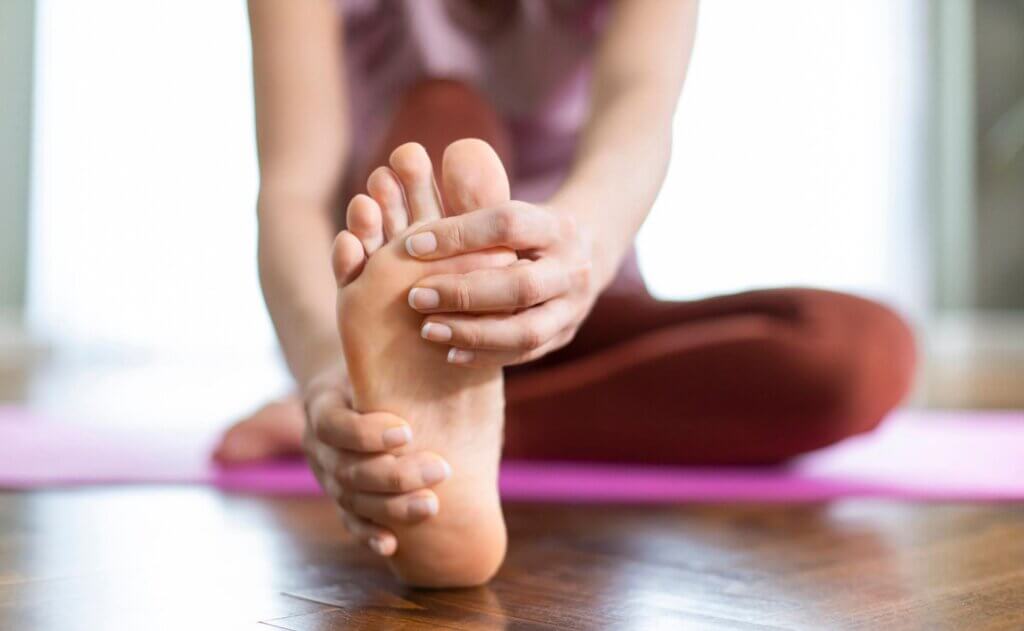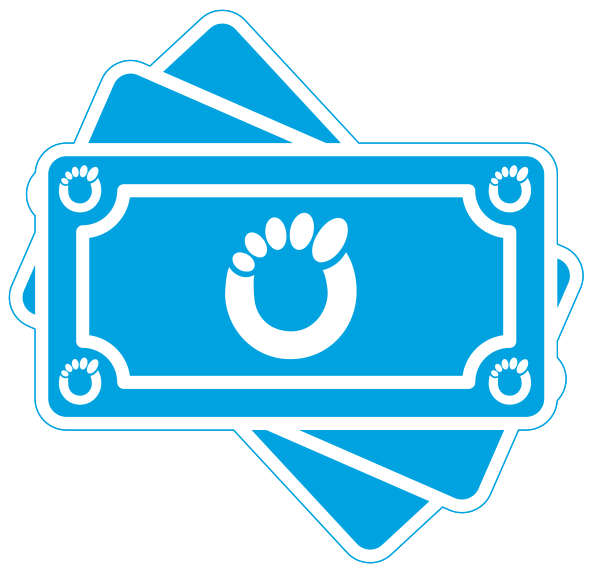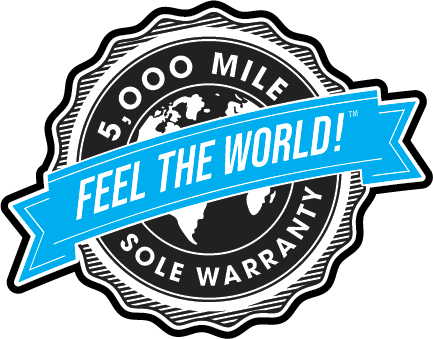Why Barefoot Training Is Trending in 2024

Barefoot training is one of the hottest fitness trends in 2024. More fitness enthusiasts on social media — outside the mixed martial arts world — are discovering how significant gains are achievable without sneakers.
Does barefoot training make sense for you? Does pumping iron while feeling the bare floor increase your strength? Should you go for a run without shoes on? Will you still go to the gym if everybody goes barefoot?
Find out whether training barefoot is just a fad everyone will soon forget or if it’s genuinely beneficial.
Is It Better to Train Barefoot or With Shoes?
Barefoot and shoe training methods have pros and cons. What suits you depends on what you intend to do and your physical condition.
Going barefoot gives you tremendous insight into your movements. Each foot of yours has more than 150,000 nerve endings at the bottom. They help you understand what you’re standing on and how you’re stepping on it. Your brain receives new sensory information. These sensations can inform your overall movement because you have a better idea of your body’s relationship with the space it occupies.
The more you train with no or minimal footwear, the more you strengthen your feet and ankles. You gain better flexibility because they work together to keep you balanced and upright. This benefit can help expand your range of motion and enhance your stride. Activating the smaller muscles on the bottom of your feet can help you maintain proper posture and feel more stable.
Training barefoot lets you recognize issues with specific body parts that are less noticeable when you wear shoes. For example, you may discover your ankles are less mobile than they should be. Such findings can help you determine where to focus your training next to address your weaker points.
Regarding glute and core activation, barefoot training is biomechanically advantageous. It aids the mind-muscle connection, helping you work out more efficiently.
On the other hand, shod training protects your feet from ground hazards. Shoe design innovations provide excellent support to feet and ankles — a must when undertaking most athletic pursuits. Footwear contributes to comfort, stability and motor control. Wearing the right pair of shoes can provide more traction on surfaces, helping improve your performance and boost your confidence.
Somewhere in the middle is barefoot-inspired shoes. For instance, Xero Shoes’ barefoot footwear for women provides excellent ground feedback while offering great protection.
How Do You Train Barefoot?
Training or working out without shoes is promising on various levels but requires circumspection. Remember these three tips when transitioning from shod to barefoot training.
1. Ensure You’re Injury-Free
Regularly engaging the muscles in your feet makes them more immune to injury. Many fitness enthusiasts are going barefoot precisely to make them less prone to sprains and strains. However, your feet and ankles can only get stronger when they’re already uncompromised. Tossing your shoes when training or working out when nursing or recovering from a foot or ankle injury may do more harm than good.
Take precautions if you have preexisting foot or ankle conditions. Some sprains, strains and breaks take more time to heal than others. For instance, a high ankle sprain usually requires physical therapy to prevent reinjury. This injury accounts for only 14% of ankle sprains and half of its cases take up to six months to recover.
Monitor your injury’s progress to see whether you’ve completely healed. Self-assessment helps but isn’t always enough. Consult your health provider for expert advice before engaging in intense physical activity without foot and ankle support.
Let your physician run some tests and closely examine you to determine whether you’re healthy enough to go barefoot. You may feel well, but your test results may reveal a cause for concern that can lead to a severe ailment when training without footwear.
2. Acclimate Your Feet and Ankles
Take things slow if your doctor gives you the go-ahead signal to do barefoot training. Walking and running without shoes takes some getting used to. Give your feet and ankles ample time to adjust and gradually build strength.
The runners who switch from shod to barefoot spend about two weeks walking around without footwear. After this initial period, they begin running in place and trying flat, smooth surfaces. Picking up your speed slowly and steadily and increasing your mileage by 10% max per week should be part of your routine.
The transition may cause discomfort. Feeling sore is your body’s way of telling you you’re doing too much too fast, so dial back your barefoot training to help your feet and ankles adjust to moving without support.
Wearing minimalist shoes can help ease your shod-to-barefoot transition. Unlike traditional running shoes, they have no high arch support and no thick soles, so they complement your body mechanics well.
Many put on men’s barefoot performance footwear from Xero Shoes when training in the gym, on the track, on a pickleball court or in any environment. They’re super comfy and enjoyable to wear. More importantly, they give your brain the feedback it needs to help you move effectively and efficiently on any terrain.
3. Explore Various Barefoot Exercises
Aside from walking, running and yoga, the most common barefoot exercises are squats, deadlifts, box jumps, stability ball exercises and single-leg stands. They show you can incorporate barefoot training into most workouts, whatever your fitness goals are.
There’s a caveat — some gyms and health studios prevent you from training barefoot to keep their areas hygienic. Going barefoot outdoors is only advisable in some cases. Rocky surfaces that absorb the sun’s heat — such as concrete and asphalt — can jeopardize your foot or ankle health.
That’s why investing in barefoot-inspired shoes for working out and weightlifting is wise. They can protect your feet from jagged terrain, but you can pleasantly feel they’re barely there. You may forget you’re wearing them when you begin training.
Pieces of minimalist footwear are stylish enough to earn a spot in your shoe collection, but one pair is usually enough. You can wear these shoes when strolling, running or playing sports to cover your feet while enjoying the many benefits of going barefoot.
Embark on Your Fitness Journey Barefoot
Working out without shoes may look and feel strange at first, but it has numerous merits. While barefoot training isn’t for everybody, it’s worth considering if you have the feet and ankles for it.
The content of this post does not constitute and is not intended to be a substitute for professional medical advice, diagnosis or treatment. Always seek the advice of a physician or other qualified health provider with any questions or concerns you may have about your health or a medical condition.

Beth is the Managing Editor at Body+Mind and a lover of all things health and wellness. She is a well-respected writer in the personal wellness space and shares knowledge on a variety of topics related to nutrition, fitness, holistic health and disease prevention. In her spare time, Beth enjoys cooking healthy recipes and trying out new fitness trends.






